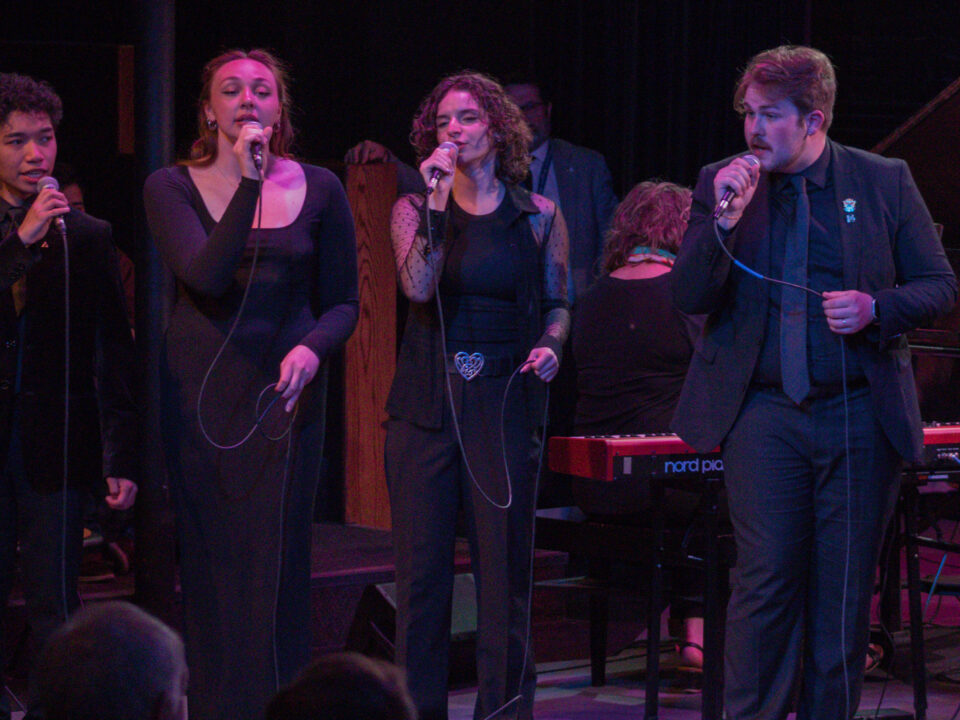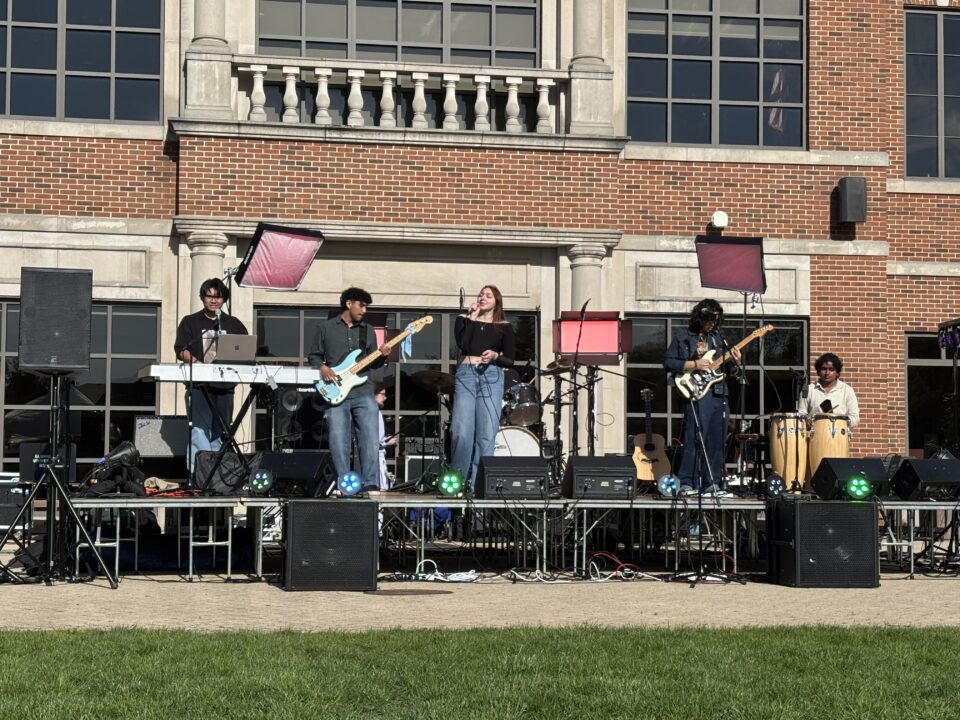“20 Days in Mariupol”: The role of journalists
In November 2023, PBS Frontline released “20 Days in Mariupol,” a documentary film that shows the 20 days that Associated Press journalists were trapped in the city of Mariupol, Ukraine as Russians invaded.
The documentary follows Mstyslav Chernov and his team, and viewers get a graphic and often uncomfortable look into the unfolding of the events in Mariupol in April 2022.
Graphic descriptions, offensive language, and spoilers ahead.
As the film begins, I am already uneasy. The score tells me that what I am about to watch will disturb me, and it has only just begun.
The shaky first-person camera footage puts the viewer in the shoes of Chernov, and I am not sure that I like seeing things from his perspective. Not only because I am afraid, but mainly because I feel immensely uncomfortable with what he is filming and how he is choosing to film it.
He and his team clamor into their van, each outfitted in helmets and bulletproof vests with the giant white letters “PRESS” written across them. When they arrive, they begin by filming a completely terrified older woman — she’s walking her dog and is panicking, unsure of what to do.
Her son is still at work, and she doesn’t know if she should go home, and is talking aloud to get anyone to help her. With little to no information, Chernov advises her to go home, and that she’ll be safe there.
She in fact wasn’t safe, as later we saw her again in a shelter, angry with him for telling her to go home because it was shelled. Only five minutes into the film, and I already wonder if Chernov is really doing the good that he seems to believe he is doing here.
Over the 20 days that Chernov documents, time and time again I ask myself if what he is doing is right. Throughout the film, he films dead people and animals in the street, terrified children crying in shelters, mourning families in hospitals, mass graves being filled up, and more.
While I know that it’s important for the world to see what’s happened in Ukraine, I ask myself, where is the line? I believe wherever it is, Chernov crosses it time and time again and doesn’t seem to grasp the problem.
To me, the most egregious example of Chernov crossing the line is when he films a mother finding out her 18-month-old son has died. She is distraught, and her husband tries to console her as best he can.
She cries out “But why? Why?!” Over and over she asks why.
I begin to wonder why myself but for a different reason. Why am I watching this woman in her most vulnerable moment of her life? I watched this clip and my heart broke, and I cried, but it truly left me wondering: what purpose does it serve for us all to watch this?
Does the world need to know of the atrocities committed by the Russian forces in Ukraine? Yes, of course, they do. Do those Russian forces, and the government instructing them, need to be held accountable for what they have done? Obviously yes.
Yet, what purpose is there to show the face of this dead baby boy? What purpose does it serve to show his mother and father in the moment they receive the news that their child is dead? I struggle to see the point in this.
One may argue that we need to see the worst of the worst for change to happen or for world leaders to act.
Even Chernov himself says in response to people being angry at him for filming them, “I understand their anger, their country is being attacked. It’s our country too, and we have to tell its story.”
They tell this story well, but then they share too much and cross boundaries they don’t need to cross.
I will point out that world leaders knew precisely what was happening in Germany in the 1930s. Would videos have been any different than all the photos taken?
If someone had filmed a dead Jewish child, do we honestly believe that anything would have gone differently? I honestly can’t answer this question, but it must be asked regardless.
The issue of children being protected from the media is a hot-button issue right now. There are laws protecting children in the film and television industry, but none to regulate social media or journalists.
Family vloggers and other media moguls who use their children as their main protagonists in their content currently have no laws stopping them from exploiting children.
Laws need to be made to protect the online identities of children, and this should include what journalists are allowed to film as well. At the very least, the faces of all those under 18 need to be blurred.
There are also multiple examples of different people clearly not wanting to be filmed or being angry at the journalists, including a young man coming downstairs toward the film crew who shouts, “Yeah morons, keep filming us.”
Chernov believes the man’s anger comes from not understanding who is attacking them, but I believe it’s coming from the fact that someone filming rather than helping.
Closer to the film’s end, a doctor shows the crew to the basement of the last standing hospital in Mariupol. He shows them the piles of dead bodies wrapped in blankets, including an infant body, carefully wrapped in a sheet. He unwraps the sheet but says, “I can’t show you the face.”
Even dead, this doctor respects the child’s privacy.
I highly recommend that you set aside an hour and a half to watch this documentary, but I do caution that the material is graphic and challenging to watch.
If you do take the time, I ask that you pose the same question I did: what right do journalists have to film people at the most vulnerable and painful moments of their lives?


